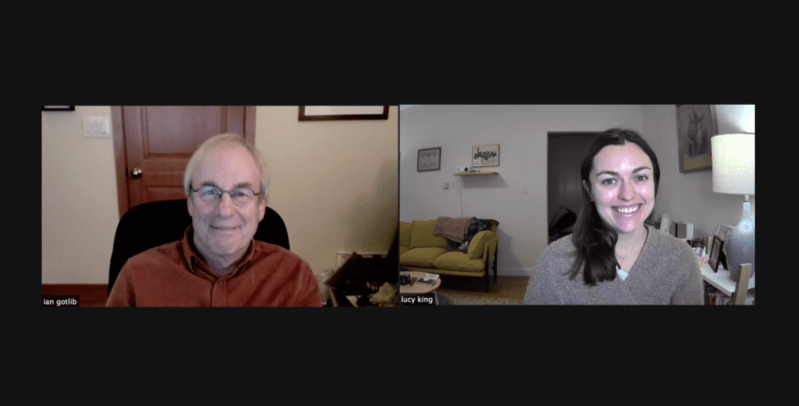Infants who hold direct conversations with adults experience significant positive impacts in language comprehension, a new study conducted by Stanford psychologists finds. The findings provide new insight into the effect of language stimulation on brain development.
The researchers ultimately found that “the language infants receive early in life may be associated with their brain development,” and that focus should be placed on “supporting caregivers so that they have the time and resources to engage and enrich conversations with their babies,” lead author Lucy King, a current fifth-year Ph.D. candidate in psychology, told The Daily.
The study helps to show how our brains can process language before learning to speak. The researchers also showed the effects of an infant’s outside environment, especially words spoken by caretakers, on neural development.
Hyowon Gweon, an associate psychology professor unaffiliated with the study, called the findings “fascinating” in a statement to The Daily.
“These results provide a window into how the brain and our social environment interact to make us who we are!” Gweon added.
King and her fellow researchers navigated a detailed process to collect data from five- to eight-month-old infants. The team recruited Bay Area mothers and children and recorded information about the frequency of conversations using adult-level words between caretaker and infant.
The study involved “at least eight hours of recording of the language environment,” according to the manuscript published on Nov. 30 in the Journal of Neuroscience. The researchers worked with the mothers to use wearable recording devices that documented direct conversation without picking up on background noise.
While infants can’t speak in full words, King said, the conversations are largely based on babbling and vocal sounds.
“The caregiver can respond by saying something or also making a sound,” she noted.
The research team brought 51 infants with complete recording data to Stanford’s Lucas Imaging Center and Center for Neuroscience, where researchers performed MRI scans and functional magnetic resonance imaging (fMRI) while the infants slept. The study had 151 total participants.
“We were looking at functional connectivity … a fancy term for the correlation in brain activation between different areas,” King added. “There are networks of regions that support our behavior and abilities, and so we’re looking at how a network of regions functions together.”
Co-author Ian Gotlib, a professor of psychology and director of the Stanford Neurodevelopment, Affect and Psychopathology (SNAP) Laboratory, explained that the researchers measured the “synchrony of parts of the brain that rise and fall together in activation,” with particular interest in language-supporting networks.
The study reported that daily conversations resulted in less connectivity, possibly due to the brain’s complex network that impacts language development. King emphasized that the study, because of its current limitations, only shows “an association … that points to the importance of the effects of language on the brain.”
King said in a previous interview that though her team can’t confirm at present, she believes that lower connectivity is a sign of more efficient brain organization.
While past research has shown that conversation influences language development, this study was the first to investigate the stimulation in an infant’s home environment so early in life, according to Gotlib.
Working with infants, however, was no easy task. The months-old participants could be unpredictable and sometimes wouldn’t fall asleep for the scans to be administered. King said that performing 45 minutes of scans would often take three or four hours.
The researchers took careful consideration of the unique home environments in which the conversations were collected. Many factors could impact the infants’ language stimulation, such as the number of siblings and the languages the caregivers speak.
To exclude the influence of siblings, King and her colleagues only counted the number of exchanged adult words. Still, King said that the varying stimulation from language environments due to siblings is a “really interesting avenue for future research.”
The study required all participants to be fluent in English, although many parents and caretakers also spoke second languages to their infants. King said that from the information gathered, bilingual communication appeared to have no effect on the study.
Data collection for the study will continue until the toddlers turn 18 months old.
“From there, we could examine longer-term outcomes of differences in early brain function and differences in the early language environment,” King said.
When she and her team match early data with later measurements as the toddlers grow, the researchers can determine if the results are in fact “causal and can unfold over time.”
Future research could provide more detail, such as how to locate certain aspects of a language environment and foster brain development within an infant’s home, King said.
Contact Jack Quach at jackcquach ‘at’ gmail.com.
